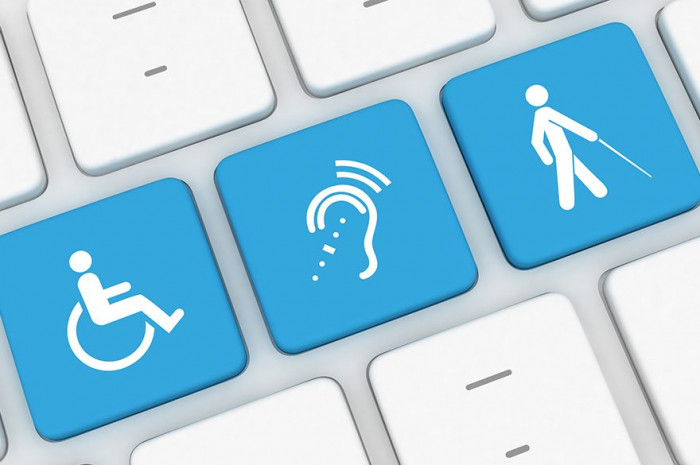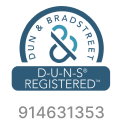For a long time, barriers imposed by society were the reason for many limitations for people with disabilities.
Fortunately, the use of technology has been quite significant in expanding disabled people's access to the job market, education and leisure.
In the case of people who are blind or have some type of more serious visual problem, innovation has allowed the launch of some quite revolutionary equipment.
These tools generally use different resources to offer more independence, autonomy, safety and quality of life for the visually impaired.
Some examples of these technologies are:
• Screen reader software
• Optical aids
• Lenses, magnifying glasses and telemagnifiers
• Object recognition applications
• Applications for color recognition
• Text readers
• Screen magnifiers
• Hardware with Braille printers
• GPS to help blind people recognize routes or know their location
Discover 2 software programs created for people with visual impairments
• Virtual Vision
According to the manufacturer, this software is the definitive solution for visually impaired people to be able to use Windows, Office, Internet Explorer and other applications independently, by reading the menus and screens of these programs using a voice synthesizer.
• Window-Eyes
Another interesting option, Window-Eyes is nothing less than one of the most stable screen reading solutions available on the market today.
Supporting Windows 2000, Windows XP (Home, Professional and Media Center), Windows Server 2003, Windows Vista and all 32-bit and 64-bit versions of Windows 7, it is surely one of the most powerful screen reading software available today.
How important is assistive technology for people with disabilities?
In general, we can understand the term assistive technology as an area of knowledge aimed at creating devices, techniques and processes capable of promoting assistance, quality of life and rehabilitation for people with disabilities.
It is worth highlighting that assistive technologies are not limited to electronic or digital resources.
According to the Technical Assistance Committee – CAT, of the Human Rights Secretariat of the Republic, assistive technology also encompasses products, resources, methodologies, strategies, practices and services that aim to promote social inclusion, especially in the job market, in companies and in schools.
What are the 10 categories of assistive technologies?
Experts in the field usually classify assistive technologies into ten categories. All of them aim to act in an integrated manner to benefit the blind, deaf, physically disabled, and other groups.
• Help with daily and practical life
In this category, we can take as an example the utensils and products that generate autonomy in the routine of the person with a disability, whether in the workplace, at home or on the street.
• Augmentative and alternative communication
This category is aimed at resources aimed at people with difficulty or lack of speech and writing.
It aims to create tools that facilitate communication and understanding between these individuals and other people. Some examples are reading software, sign translators, voice devices, among others.
• Computer accessibility features with assistive technology
This category aims to create mechanisms to help people with disabilities use computers independently.
• Environmental control system
In this category, people with disabilities or some type of motor limitation benefit from resources for automatic handling of devices, lighting, remote control, voice command, among others.
• Architectural projects for accessibility
This category is aimed at creating streets, sidewalks and environments with adequate access for people with reduced mobility or visual impairments. Some examples may include ramps, elevators, adapted bathrooms, etc.
• Orthoses and Prostheses
This category is aimed at people with motor disabilities or those who have lost a limb.
With orthoses and prostheses, disabled people gain more autonomy, security and independence for daily activities.
• Postural adequacy
Postural adaptation refers to resources that contribute to the proper posture of a person with a disability, especially those who live in a bed or wheelchair. The aim is to provide greater comfort and reduce the chances of sequelae caused by poor posture or excessive time in the same position.
• Mobility Assistance
This category includes tools such as crutches, walkers, wheelchairs, strollers and other products that ensure mobility for the disabled.
• Assistance for blind or visually impaired people
This category is aimed at equipment and products aimed at people with visual impairment or low vision.
• Aid for people who are deaf or have hearing impairments
Here, we can take as examples hearing aids, telephones with teletype keyboards, devices with translation into sign language, among other resources.
• Vehicle adaptations
This category includes assistive technologies that allow people with disabilities to drive safely, as well as access the car comfortably and independently.
As explained, the objective of the categories listed above is to make the daily lives of these people easier through alternatives that generate more comfort, inclusion and accessibility for the disabled.
After all, we know that the routine of a person with a disability is full of challenges and overcoming. Therefore, the whole of society must be attentive and engage in the fight for this issue.
If you liked this article, keep following our blog to stay up to date on the world of software and technology.






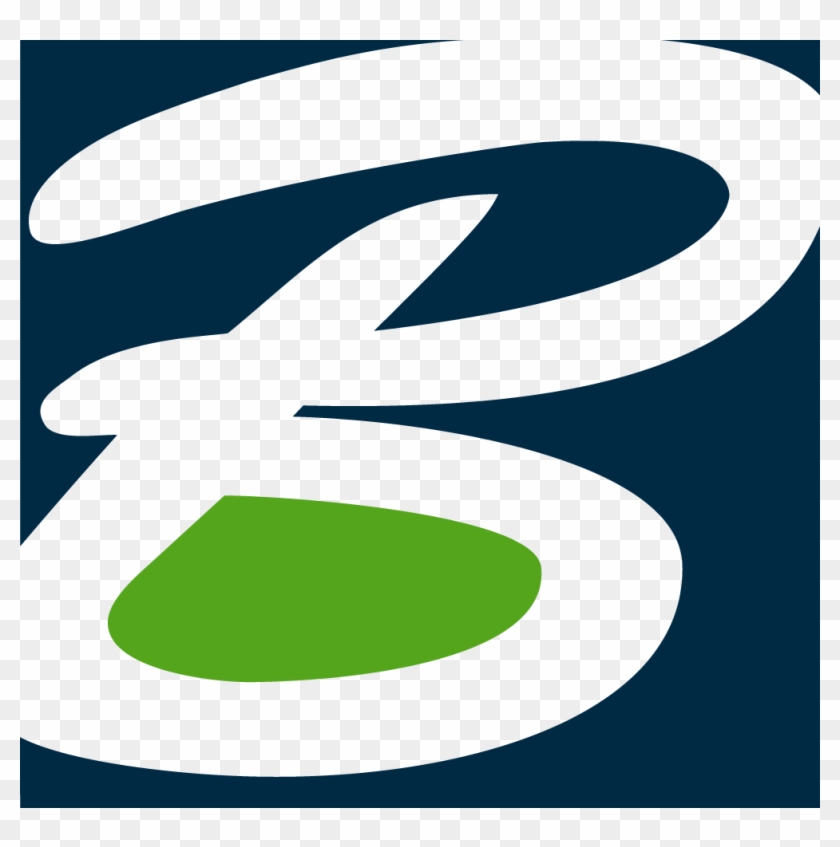



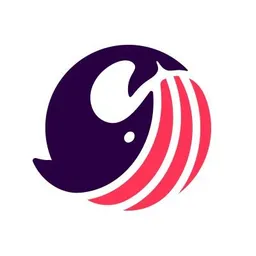
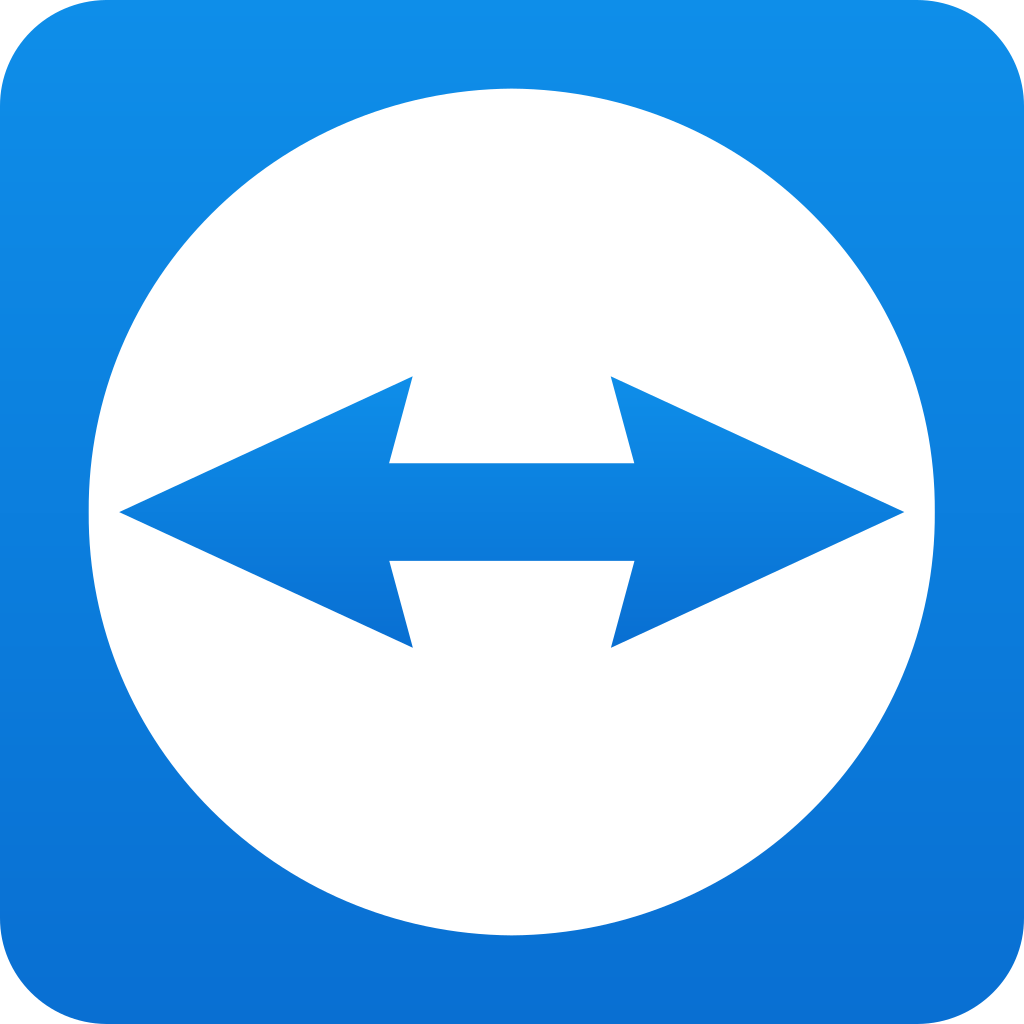


 5 min read
5 min read